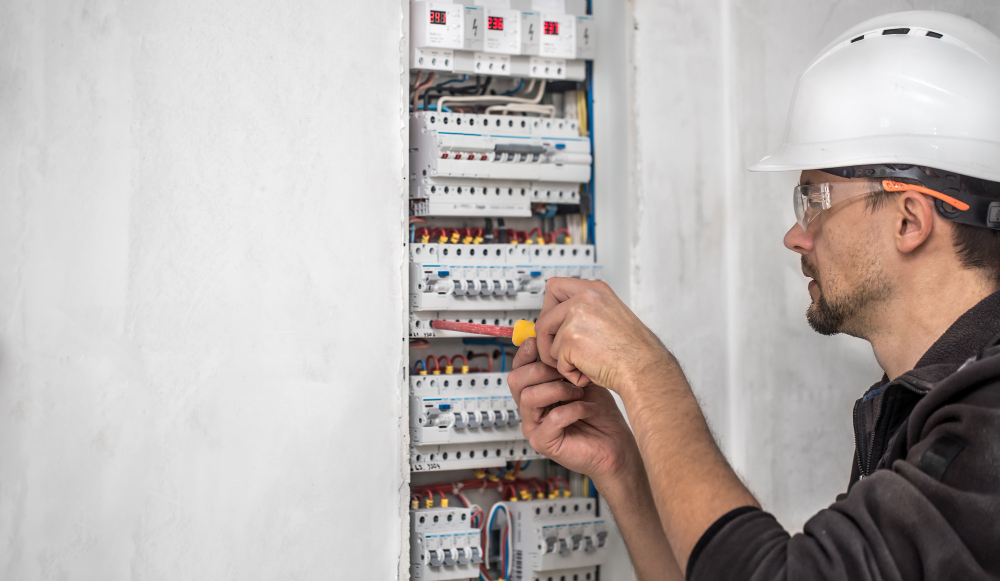As you may know, fuses play an integral role in electrical systems by providing protection against overloads and short circuits. A fuse functions as a safety device that interrupts the flow of current when the circuit experiences an abnormal amount of electrical energy. This prevents damage to sensitive components and can even prevent electrical fires.
Fuses come in a variety of sizes and styles, each with its own unique set of specifications and applications. It can be overwhelming to understand which type of fuse is appropriate for your specific system. As technology continues to evolve, fuses are becoming an even more critical component in electrical systems, especially in regard to ensuring safety and compliance with industry standards.
Common Types of Fuses
- Non-Resettable Fuses
Non-resettable fuses are a type of safety device that protect electrical circuits by breaking the circuit in the event of an overload or short circuit. These fuses are designed to be replaced after they have blown and cannot be reset. The most common types of non-resettable fuses are cartridge fuses, which are cylindrical in shape and come in a variety of sizes and amperages, and plug fuses, which are commonly found in residential homes and are designed to screw into a socket.
- Square Body Fuses
These fuses are designed to provide reliable protection against overcurrents, short circuits, and other electrical faults. They are typically rated for low to medium-voltage applications and are available in a wide range of current ratings. The square body design allows for easy installation and replacement, as well as provides a secure connection to the fuse holder. These fuses can be found in various applications, including automotive, industrial, and residential settings.
- Tag Fuses
They are typically made of ceramic or glass and have a small wire inside that melt when the current exceeds a certain level, breaking the circuit and protecting the equipment from damage. Tag fuses are often used in low-voltage applications, such as household appliances and electronics.
- Bottle Fuses
These fuses consist of a cylindrical glass or ceramic container that houses a metallic conductor or wire. When the current flowing through the conductor exceeds a certain level, the wire melts, breaking the circuit and preventing further damage to the electrical system. Bottle fuses are widely used in household appliances, automotive electronics, and industrial machinery due to their cost-effectiveness, reliability, and ease of installation.
- Car Fuses
These fuses are designed to protect the electrical system of a vehicle from any voltage surges or short circuits. Car fuses come in different sizes and ratings and are typically color-coded to make identification easier. The most common types of car fuses are blade fuses and glass tube fuses. Blade fuses are rectangular in shape and have two prongs at the bottom, while glass tube fuses are cylindrical and have metal caps at both ends.
- Thermal fuses
They are designed to provide protection against overheating by interrupting the electrical circuit when the temperature rises beyond a predetermined level. This type of fuse is made up of a heat-sensitive element that melts when exposed to excessive heat, thereby breaking the circuit. These fuses are typically used in heating and cooling systems, where a sudden temperature rise can cause damage to the equipment.
- Resettable fuses
These fuses are commonly used in electronic devices, such as computers and telecommunications equipment, where protection against overcurrent is necessary. Resettable fuses are designed to trip when the current exceeds a certain level and then automatically reset when the current returns to a safe level.


Leave feedback about this